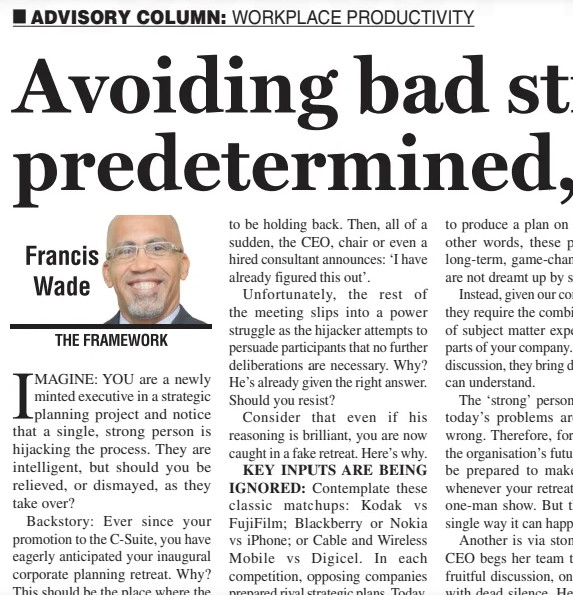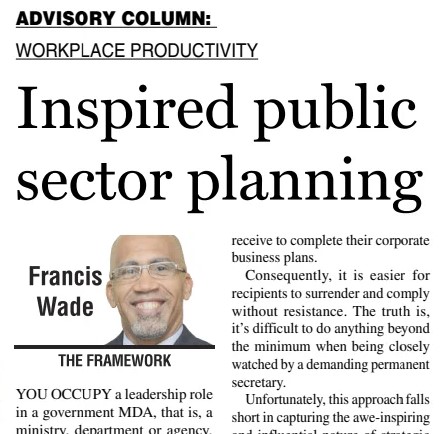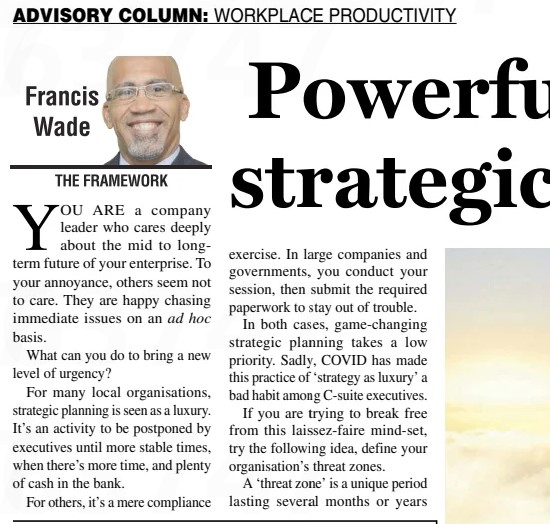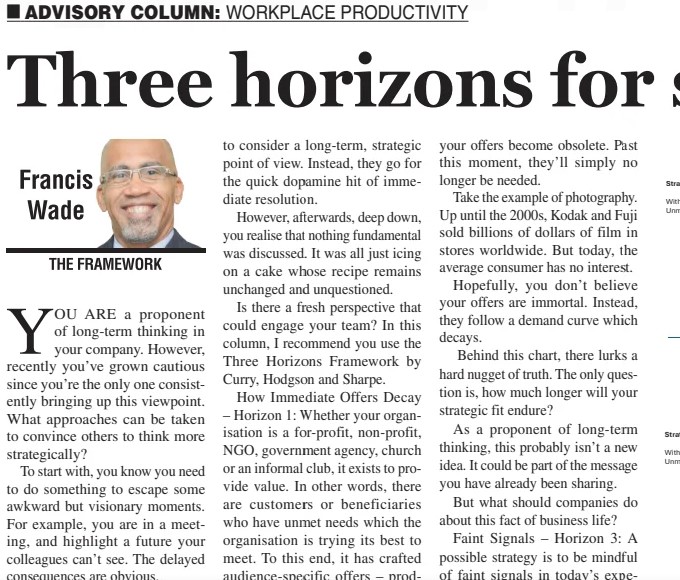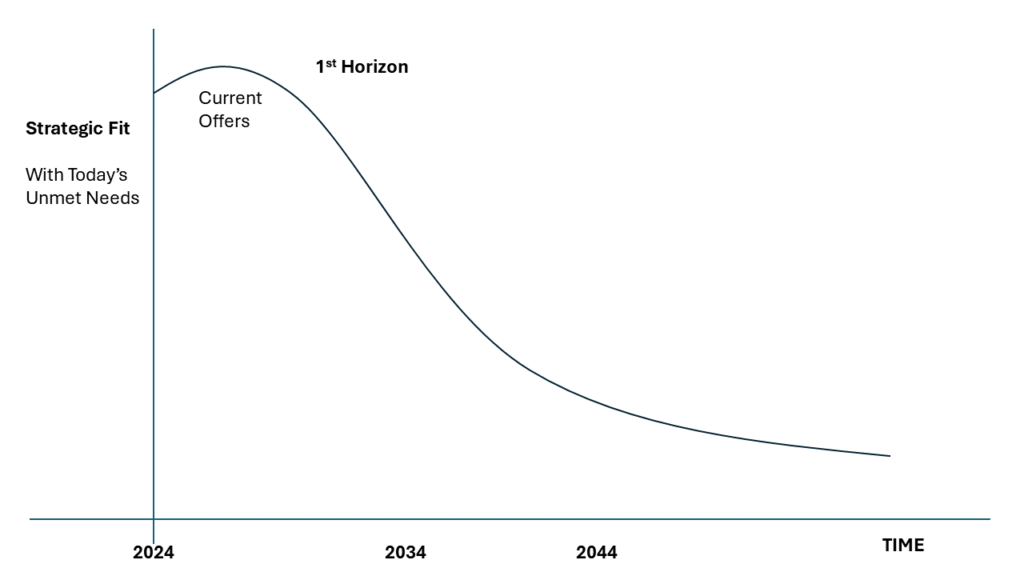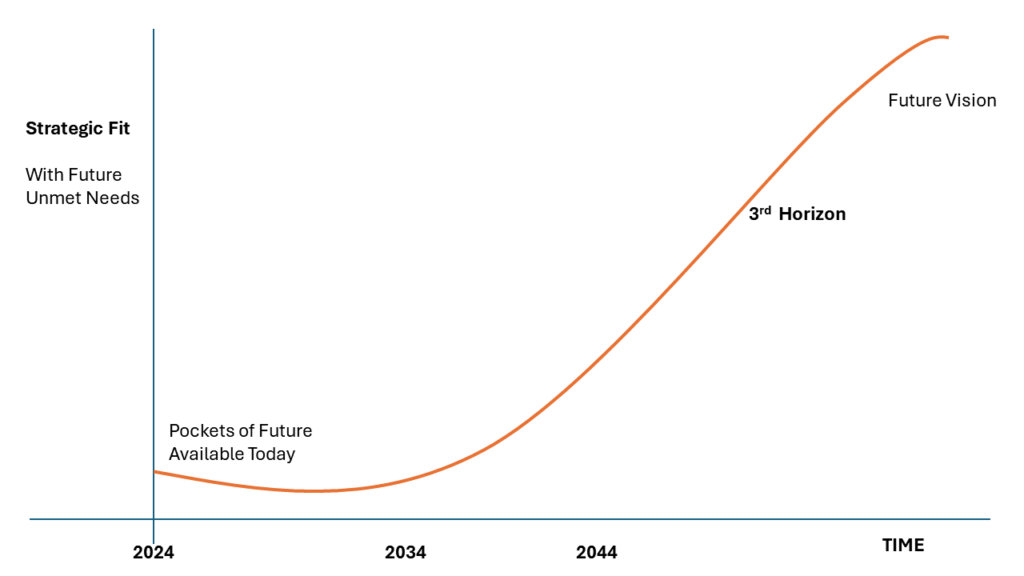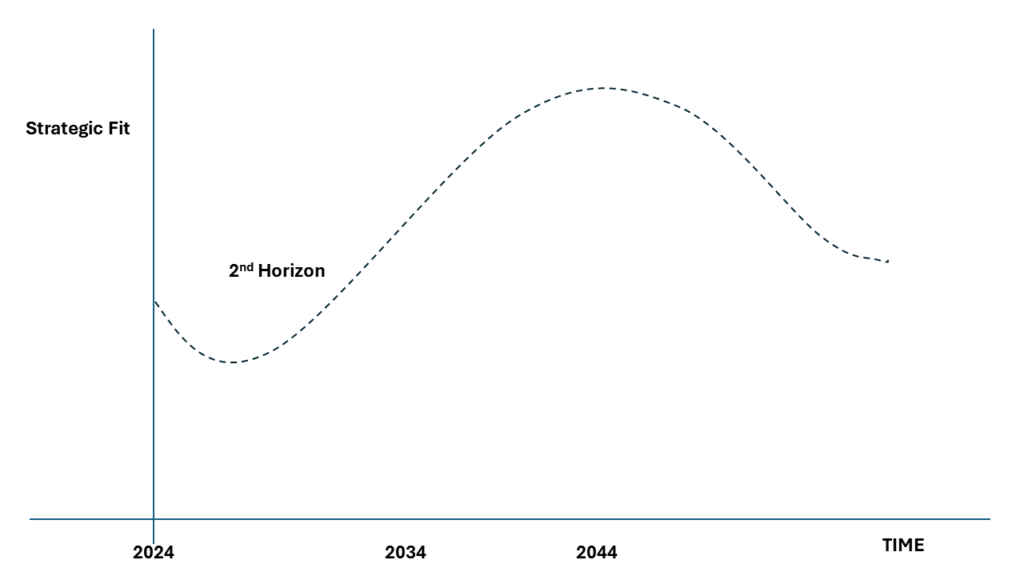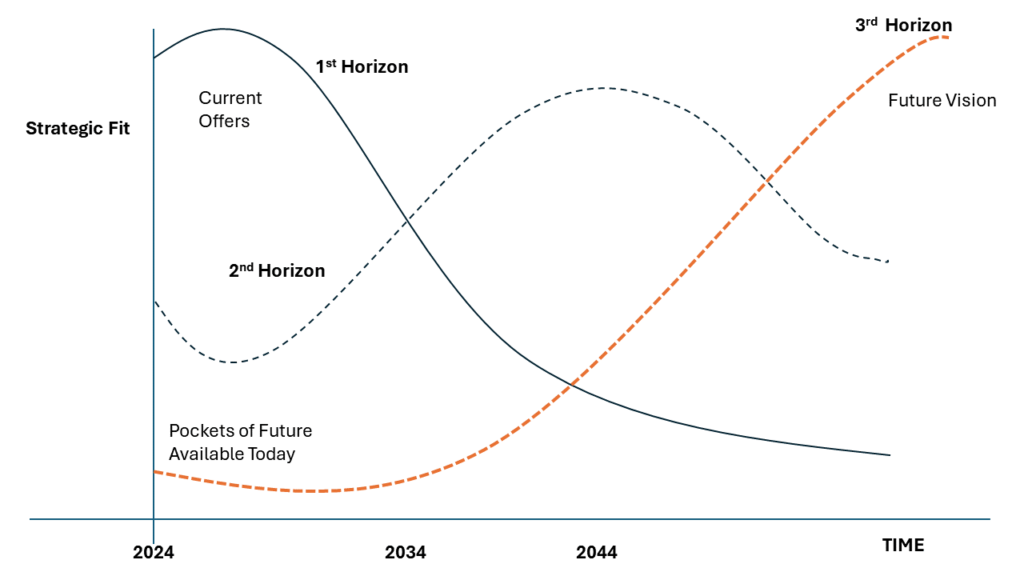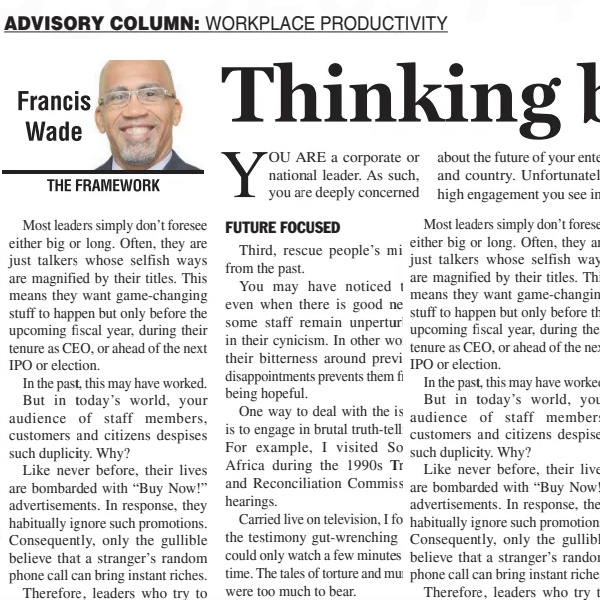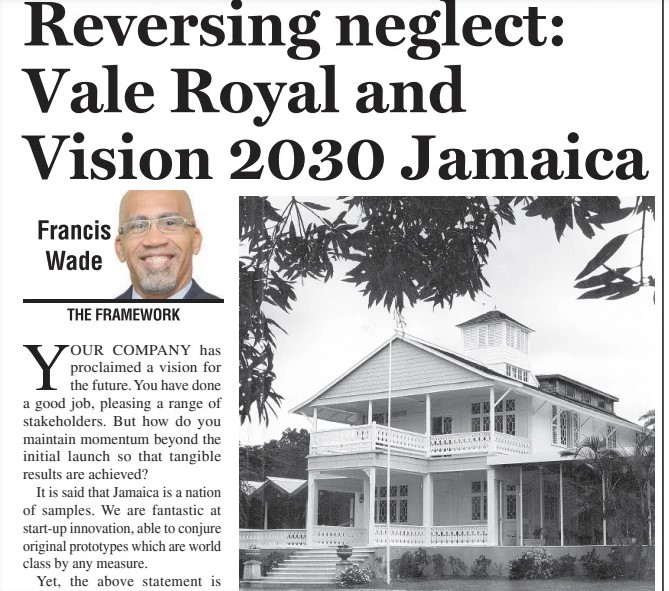Imagine: You are a newly minted executive in a strategic planning project and notice that a single, strong person is hijacking the process. They are intelligent, but should you be relieved, or dismayed, as they take over?
Backstory: Ever since your promotion to the C-Suite, you have eagerly anticipated your inaugural corporate planning retreat. Why? This should be the place where the most realistic, impactful discussions occur.
However, near the beginning of the workshop, everyone seems to be holding back. Then, all of a sudden, the CEO, Chair or even a hired consultant announces: “I have already figured this out.”
Unfortunately, the rest of the meeting slips into a power struggle as the hijacker attempts to persuade participants that no further deliberations are necessary. Why? He’s already given the right answer. Should you resist?
Consider that even if his reasoning is brilliant, you are now caught in a fake retreat. Here’s why.
- Key Inputs Are Being Ignored
Contemplate these classic matchups:
- Kodak vs. FujiFilm
- Blackberry or Nokia vs. iPhone
- Cable and Wireless Mobile vs. Digicel
In each competition, opposing companies prepared rival strategic plans. Today, many years later, we know that the plans on the left were failures.
From years of experience I can attest: it takes a supreme team effort to produce a plan on the right. In other words, these pre-emptive, long-term, game-changing efforts are not dreamt up by single actors.
Instead, given our complex world, they require the combined insights of subject matter experts from all parts of your company. In a strategy discussion, they bring data only they can understand.
The “strong” person who thinks today’s problems are simple is wrong. Therefore, for the sake of the organisation’s future, you must be prepared to make this point whenever your retreat slips into a one-man show. But that’s only a single way it can happen.
Another is via stonewalling. A CEO begs her team to engage in fruitful discussion, only to be met with dead silence. Her colleagues are being cautious, lazy or selfish. She’s forced to jump in to fill the gap.
Don’t let this unhappy outcome occur, either. Prepare your entire team, including the leader, for an interactive offsite beforehand.
- The Most Consequential Discussions are Avoided
After a few months’ study, a new chairman has decided he has already mastered the top issues. During a retreat, he presents his agenda of topics to be discussed, selling his point of view convincingly.
However, the conversation takes a left turn. New data emerges, and the discussion heads in a direction he never anticipated. To respond, he tries to get things “back on track” but the energy has shifted. In his official role as chair, he gavels the discussion to order, using Robert’s Rules.
A revolt breaks out. Participants are convinced there is no greater priority than the current issue being discussed. Some become incensed, ready to walk out. They argue, “If this topic isn’t of strategic importance, then nothing is.”
Unfortunately, the chair is stuck following a bad process. He doesn’t understand that he’s undermining the freedom participants need to explore hard-to-appreciate problems. Without it, he’s turned a strategic planning opportunity into the wrong kind of struggle.
But what’s the right kind? If the team can focus on the hardest challenges, it could achieve the breakthrough their situation requires. However, he’d have to abandon his preset picture of success and go along with the flow.
- Lack of Ownership
Ultimately, a strategic plan which fails in the above two ways will fall apart in implementation. Why? The plan won’t have the true buy-in of those who attended.
It’s a paradox. When you allow an open, messy discussion, you authorise those involved to own the outcome.
Furthermore, they’ll commit to more than you imagined, simply because you have allowed a group dynamic to build. Now they are ready for disruptive, breakthrough solutions even if it involves a personal sacrifice. They are a team.
The best approach requires your use of neutral facilitators, sourced from either inside or outside. They’ll balance the inevitable tussles a workshop is intended to stir up. It’s easier for them to do so because they don’t have a pre-set agenda.
What kind of result should they be trying to produce? Full, engaged accountability and a plan which has a high likelihood of being game-changing.
But don’t follow this advice for a “placeholder” retreat intended to preserve status quo thinking. While it will ruffle feathers, you can expect the above formula to generate superlative results.
Francis Wade is the author of Perfect Time-Based Productivity, a keynote speaker and a management consultant. To search his prior columns on productivity, strategy, engagement and business processes, send email to columns@fwconsulting.com.

